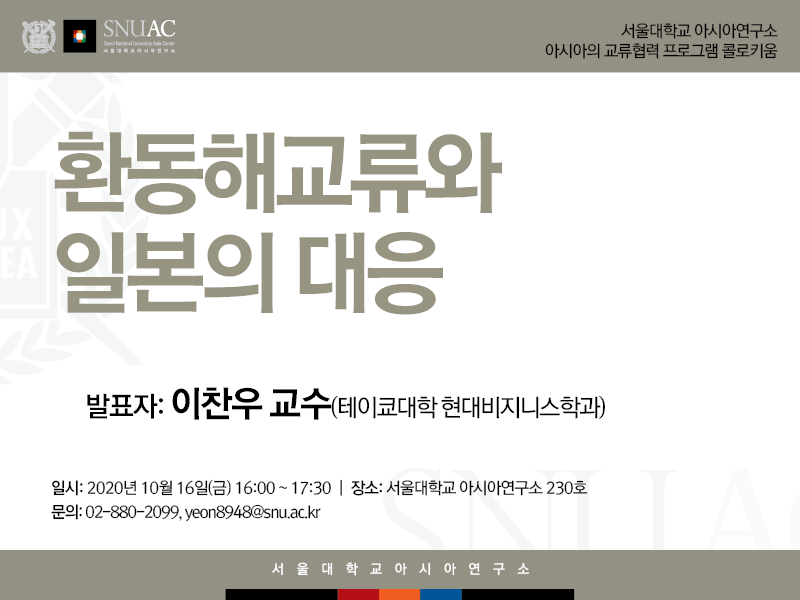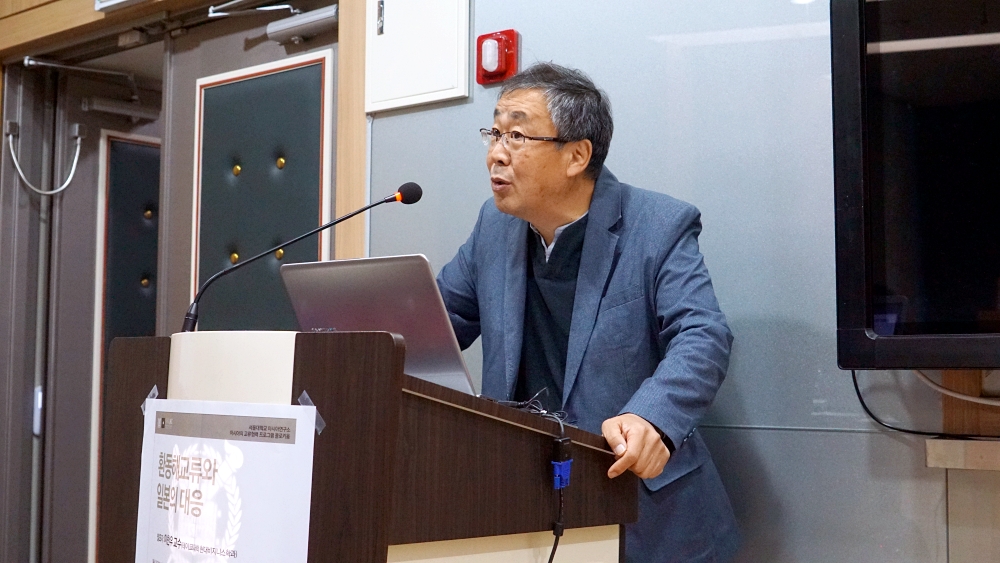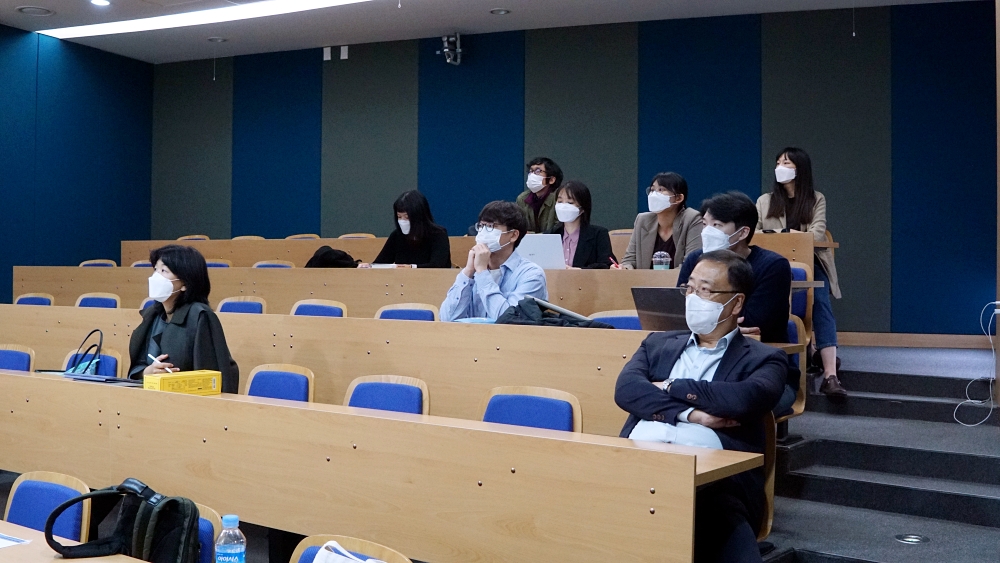East Sea Rim Interaction and Japan’s Response
- Date: October 16th, Friday, 2020 16:00 – 17:30
- Location: Room 230, SNUAC (Bldg. 101)
The concept of East Sea Rim appeared in Japan in the atmosphere of the Cold War world order being deconstructed in the late 1980s, and its origin is the Japanese Imperialist era when the East Sea was in fact Japan’s inland sea. However, from the Balhae era of Goguryeo, the East Sea was the arena of international cultural and economic exchange in Northeast Asia. Currently, Japan is showing a passive attitude toward East Sea Rim exchanges in the coming of the new Cold War era.
Speaker: Prof. Chanwoo Lee (Teikyo University)
Prof. Lee entered SNU in 1980 and graduated from the Dept. of Korean History in 1986. He has served as a researcher in the Northeast Asia Team of Daewoo Economic Research Institute and commissioner of the 9th National Unification Advisory Council. He started working as a visiting researcher at the Economic Research Institute for Northeast Asia (ERINA) in Niigata, Japan, to research economic cooperation in Northeast Asia, in June 1999. Since April 2012, he has been working as an associate professor of contemporary business at Teikyo University in Tokyo, and also as a special researcher at the Japan Center for Economic Research. His major research interests include politics/economy of Northeast Asia centering on the Korean peninsula and the model of the cooperative system in the region.
On October 16th, SNUAC’s The Exchange and Cooperation in the Asian World Program held its third colloquium on ‘East Sea Rim Interaction and Japan’s Response’. Prof. Chanwoo Lee (Teikyo University) explained Japan’s East Sea Rim strategies in a historical context. The presentation introduced three East Sea Rim routes that the Japanese have been using since pre-historical times and examined the history of Japan’s East Sea Rim strategies after modernization. By emphasizing that Japan’s East Sea Rim strategies exist independently as the country’s own diplomatic strategies apart from the ‘strengthening of US-Japan alliance’ and that the economic cooperation in the East Sea Rim region is being led not by Japan’s central government but by local governments, this presentation clarified what Japan ultimately seeks to earn through its East Sea Rim strategies and presented important implications that allow predictions of Suga’s future East Sea Rim responses.



